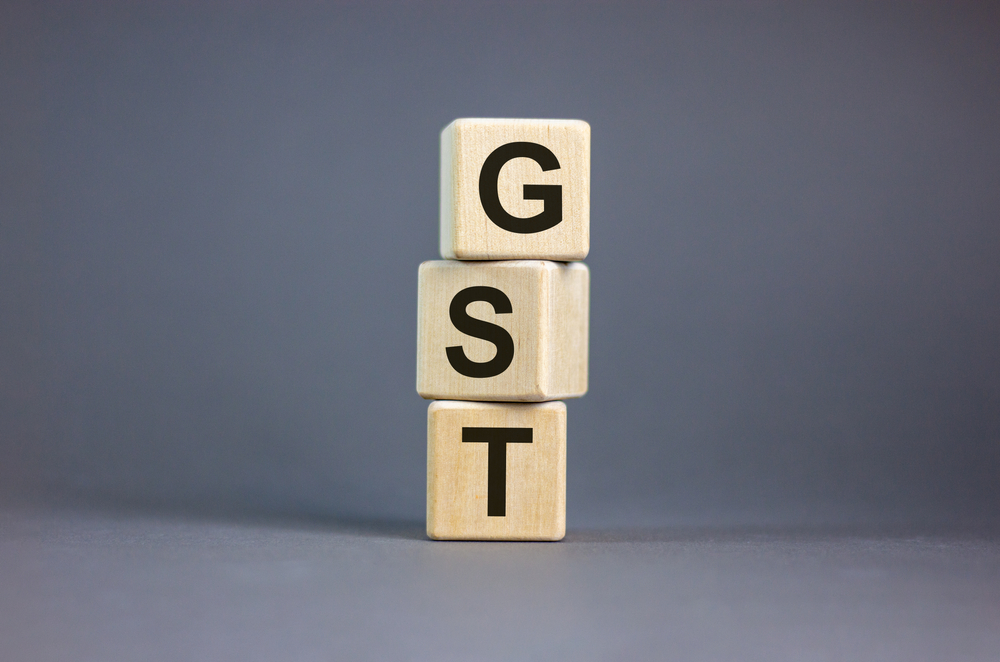Analyzing clause 44 of Form 3CD

Analyzing clause 44 of Form 3CD
Post implementation of Goods and Services Tax (GST) from 1st July 2017, the corresponding amendment in input tax credit reporting in tax audit report vide Form 3CD was also introduced in the form of clause 44. However, the introduction, extensions, and final implementation of clause 44 of Form 3CD are explained hereunder –
- Clause 44 was introduced vide notification dated 20th July 2018;
- As per circular no. 6/2018 dated 17th August 2018, clause 44 was kept in abeyance till 31st March 2019;
- Again, vide circular no. 9/2019 dated 14th May 2019, the abeyance period was extended till 31st March 2020;
- Further, vide circular no. 10/2020 dated 24th April 2020, the abeyance period was once again extended till 31st March 2021;
- Vide circular no. 05/2021 dated 25th March 2021, once again the abeyance period was extended till 31st March 2022.
- Accordingly, any tax audit report in Form 3CD furnished after 31st March 2022 will have to comply with the details in clause 44.
Basically, under clause 44, break-up of the total expenditure incurred during the relevant Financial Year is to be given. The present article briefly explains and simplifies the same.
Clause 44 format and basics thereof –
Clause 44 requires break-up of total expenditure into the following two broad categories –
- Expenditure related to entities registered under GST; and
- Expenditure related to entities not registered under GST.
Before going into column-wise understanding, let us first refer to the format of clause 44 –
| Sr. No. | Total expenditure incurred during the year | Expenditure related to entities registered under GST | Expenditure related to entities not registered under GST | |||
| Relating to goods/ services exempt from GST | Relating to entities falling under the composition scheme | Relating to other registered entities | Total payment to registered entities | |||
| 1 | 2 | 3 | 4 | 5 | 6 | 7 |
| – | Column 6+ Column 7 | – | – | – | Column 3 + Column 4 + Column 5 | – |
Column-wise understanding of clause 44 –
Under column no. 2, the total expenditure incurred during the relevant Financial Year is to be mentioned. Notably, the said total expenditure here includes both expenditure in respect of entities registered under GST and also entities not registered under GST.
Now, expenditure in respect of entities registered under GST is sub-classified into three categories i.e. –
- Expenditure relating to goods/ services exempt from GST [column no. 3];
- Expenditure relating to entities falling under the composition scheme [column no. 4]; and
- Expenditure relating to other registered entities [column no. 5].
Let us understand the coverage of all the above sub-classified categories in the table below –
| Column no. of clause 44 | Particulars | Coverage |
| 3 | Expenditure relating to goods/ services exempt from GST |
· Goods/ services attracting NIL rate of tax; · Goods/ services wholly exempt from tax; · Non-taxable supplies i.e., supply relating to alcoholic liquor for human consumption; petroleum crude, motor spirit, high speed diesel oil, natural gas and aviation turbine fuel. |
| 4 | Expenditure relating to entities falling under composition scheme | All the expenditure relating to goods/ services purchased from the person registered under composition scheme. |
| 5 | Expenditure relating to other registered entities |
All the expenditure relating to entities registered under GST, other than – · Exempt supply (covered under column no. 3); and · Composition supply (covered under column no. 4). |
Column no. 6 (i.e. total payment to registered entities) is simply the total of column no. 3 + column no. 4 + column no. 5.
Value of all the inward supplies of goods/ services received from the person who is not registered under GST is to be mentioned in column no. 7.
Importantly, total of column no. 6 (i.e. expenditure relating to persons registered under GST) and column no. 7 (i.e. expenditure relating to persons not registered under GST) should be equal to column no. 2 (i.e. total expenditure incurred during the year).
Important points –
- Following expenditures need not be reported in any of the columns 3 to 7 of clause 44 –
- Depreciation as per section 32 of the Income Tax Act;
- Bad debts under section 36(1)(vii) of the Income Tax Act;
- Activities/ transactions which are treated neither as a supply of goods nor as a supply of service under GST as per Schedule III.
- Details of capital expenditure incurred during the year should also be included in clause 44.
- Goods imported into India are obviously received from a person not registered under GST. Hence, the same should be recorded in column no. 7.
- Details of supplies covered under Reverse Charge Mechanism should be recorded in following manner –
- If the supplier is registered under GST, then the same should be reported in expenditure in respect of entities registered under GST; or
- If the supplier is not registered under GST, then the same should be reported in expenditure in respect of entities not registered under GST.


